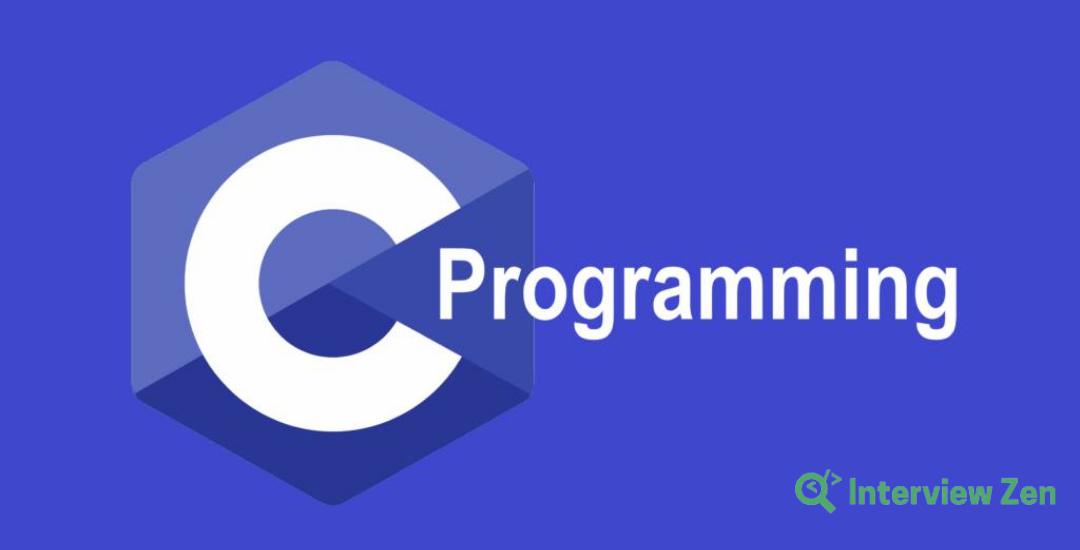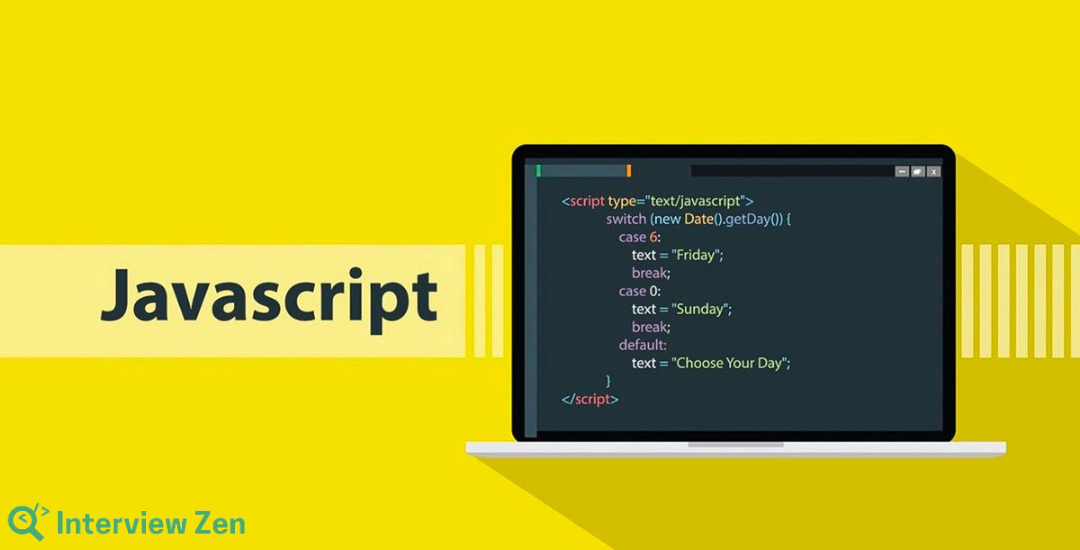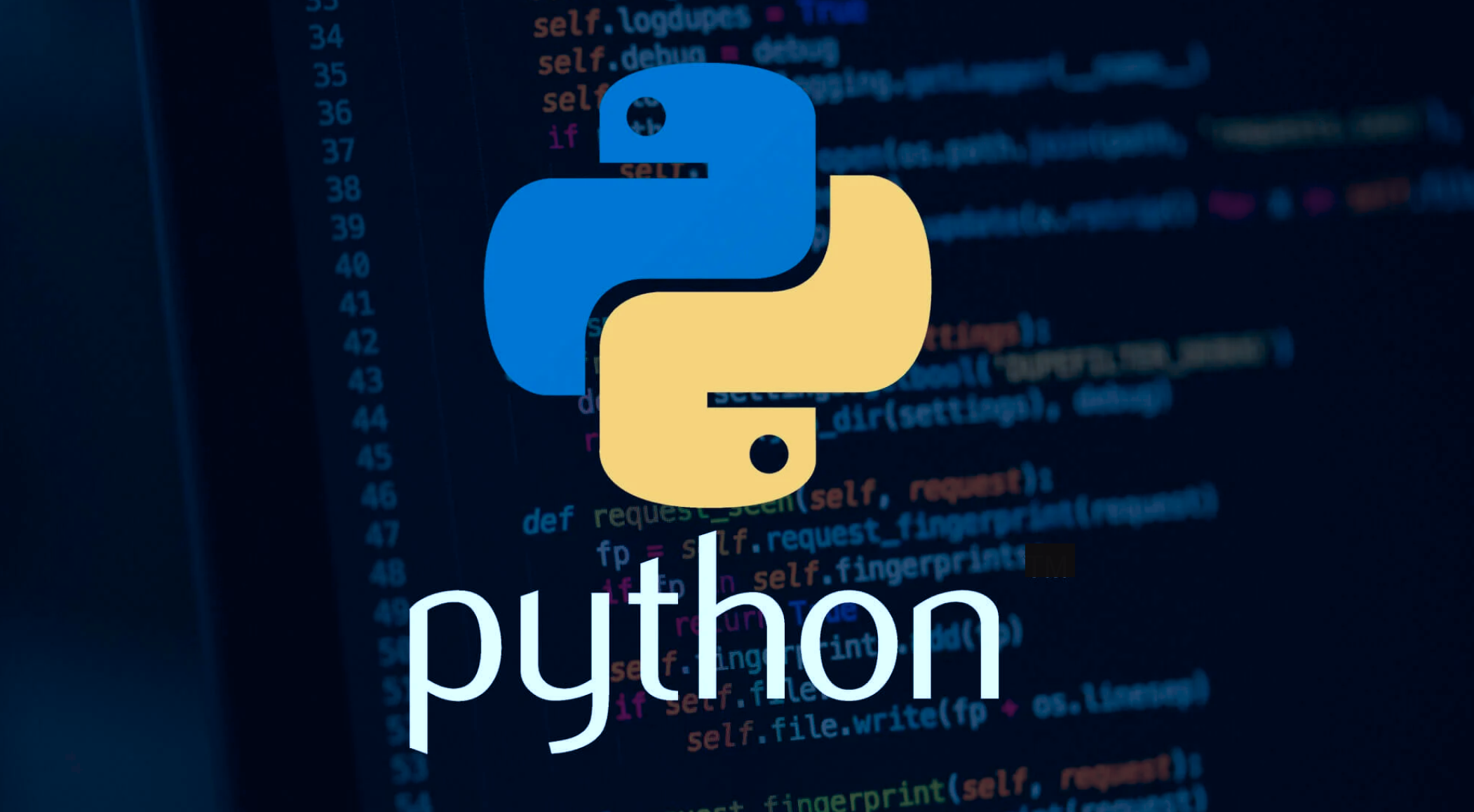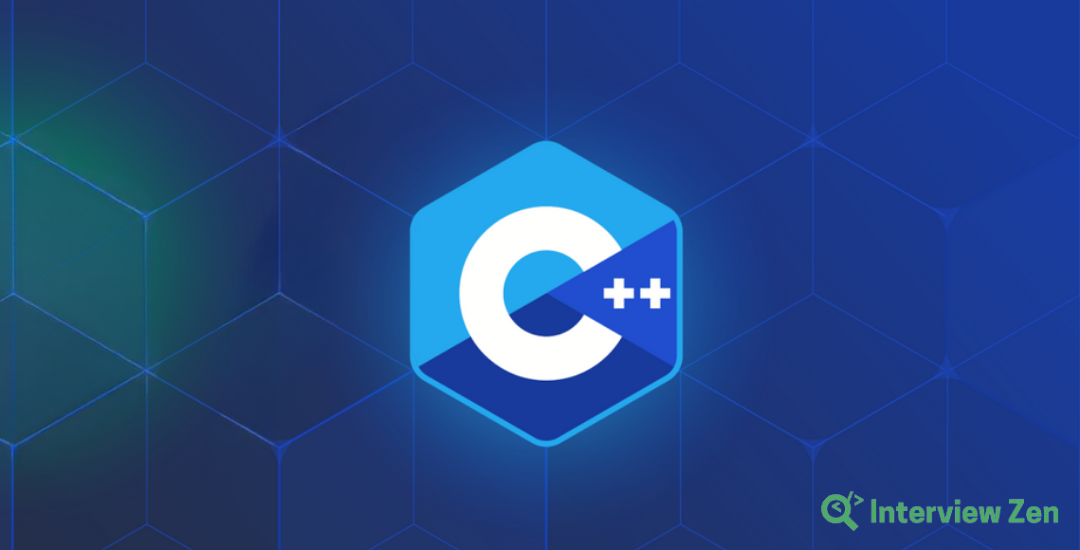Introduction
Hiring the right software developers is important for the success of any organization in today’s technology-driven world. However, identifying the best talent requires more than just reviewing resumes; it necessitates a comprehensive assessment of a candidate’s coding skills, problem-solving ability, and technical knowledge.
Known for its efficiency and control over system resources, C programming remains a fundamental skill for many software engineering roles. Through technical interviews, hiring managers and technical recruiters can gauge a candidate’s proficiency in C programming, from basic syntax and data structures to more complex concepts like memory management and concurrency.
According to Orient, C ranks 4th as a top in-demand programming language worldwide in 2024. This statistic highlights its enduring relevance and the proficiency required by developers in this language.
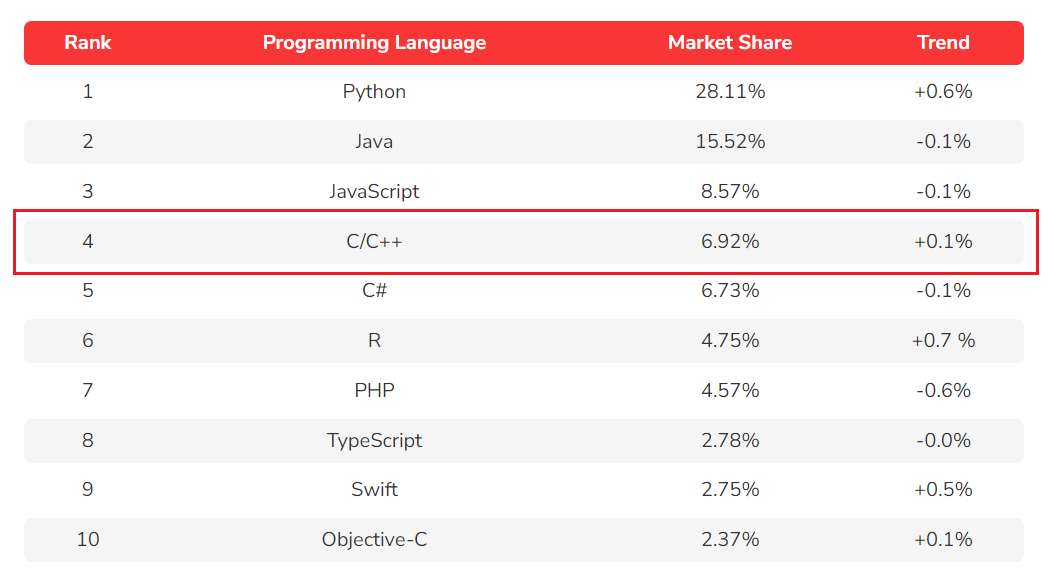
In this article, we will explore 10 must-ask C interview questions that are essential for hiring managers looking to recruit top-notch software developers. These questions are designed to test candidates’ technical expertise and reveal their analytical thinking and problem-solving approaches.
What is C Programming Language?
C is a high-level programming language developed in the early 1970s by Dennis Ritchie at the Bell Telephone Laboratories. It is a structured programming language known for its efficiency, simplicity, and flexibility. C gives programmers control over system resources and memory management, making it ideal for developing firmware and portable applications.
According to the TIOBE Index, C is the 2nd most popular programming language in 2023, favored for system-level programming, embedded systems, and applications requiring high performance. This ranking highlights the importance and widespread adoption of C in various tech industry sectors.
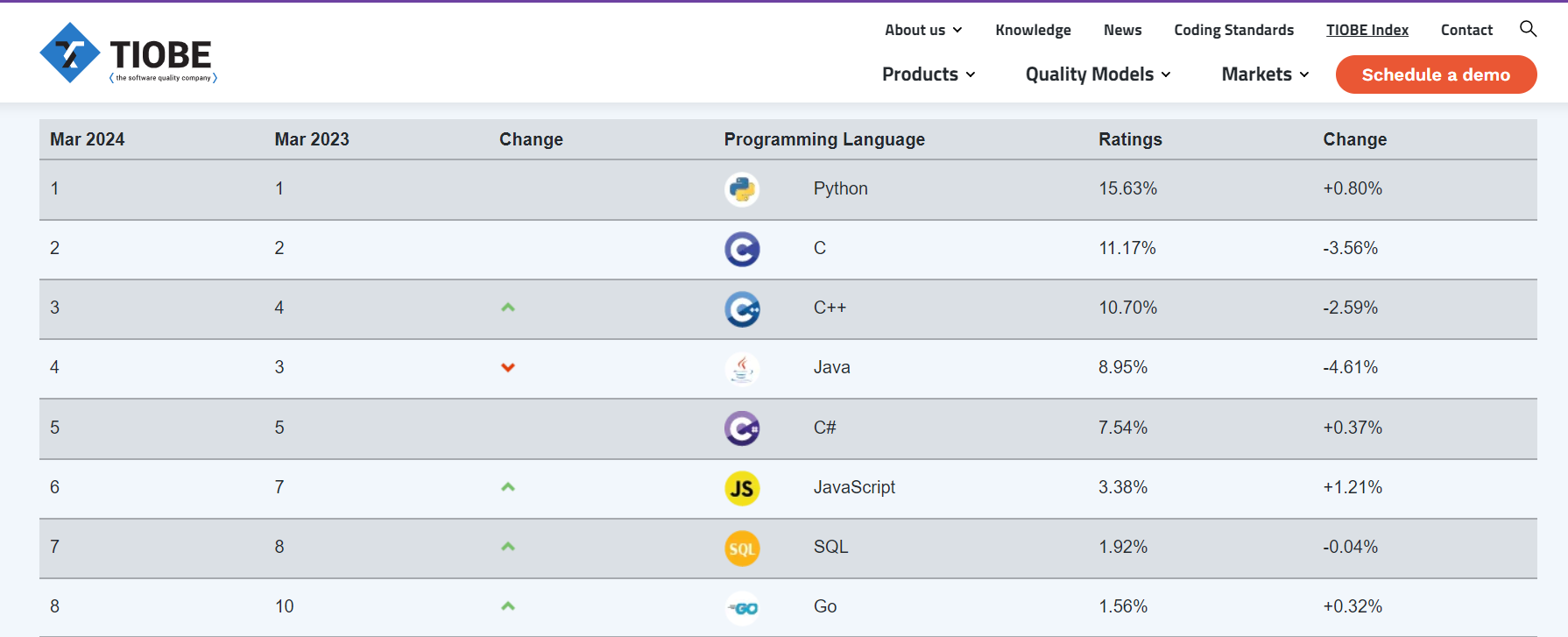
History C language
The development of C was motivated by the need for a system programming language that could be used to write operating systems and replace assembly language. It was originally designed and implemented on the UNIX operating system on the PDP-11 computer.
Over the years, C has influenced many other programming languages, including C++, C#, Java, and JavaScript, making it one of the most influential programming languages in the history of computing.
Key Features of C
- Simplicity: C provides a clean syntax that is easy to understand and learn, making it accessible for beginners.
- Efficiency: Programs written in C are known for their speed and efficiency due to the language’s close-to-hardware capabilities.
- Portability: C programs can be run on various types of hardware with minimal or no modifications, thanks to the standard C language.
- Flexibility: The language offers low-level access to memory and straightforward usage of pointers, giving programmers a high degree of control over system resources.
- Modularity: C supports modular programming through the use of functions, allowing for reusable code and better organized programs.
C Coding Examples
To illustrate some of C’s capabilities, let’s look at a few simple coding examples:
1. Hello World Program
| #include <stdio.h>
int main() { printf(“Hello, World!\n”); return 0; } |
This program demonstrates the basic structure of a C program and how to output text to the console.
2. Sum of Two Numbers
| #include <stdio.h>
int main() { int num1 = 10, num2 = 20, sum; sum = num1 + num2; printf(“Sum of %d and %d is %d\n”, num1, num2, sum); return 0; } |
This example shows basic arithmetic operations and variable handling in C.
3. Factorial Calculation
| #include <stdio.h>
int factorial(int n) { if (n == 0) return 1; else return (n * factorial(n – 1)); } int main() { int number = 5; printf(“Factorial of %d is %d\n”, number, factorial(number)); return 0; } |
This program illustrates the use of recursion to calculate the factorial of a number.
These C coding examples provide a glimpse into the syntax and capabilities of C programming, highlighting why it continues to be a valuable skill for software developers.
Popular Companies Using C
Many leading technology companies across various industries use the C programming language:
- Microsoft: Uses C to develop parts of its Windows operating system and applications that require direct hardware interaction or high-performance processing.
- Apple: Employs C in developing its macOS and iOS operating systems, especially for low-level components where performance and efficiency are crucial.
- Google: Utilizes C for performance-critical components of its systems, including the core algorithms and processes behind its search engine and other services.
- Oracle: Uses C to develop its database products and other system-level software that demands high efficiency and performance.
- IBM: Employs C in a wide range of products, including database systems, operating systems, and embedded systems, leveraging C’s efficiency and portability.
- Intel: Utilizes C to develop firmware, device drivers, and system software that interact closely with hardware components.
- Cisco: Uses C to program its networking hardware, such as routers and switches, where performance and reliability are paramount.
- Mozilla: Employs C to develop critical components of the Firefox browser, where speed and efficiency are essential for processing web content.
- Linux Foundation: The Linux kernel, at the heart of the Linux operating system, is predominantly written in C, highlighting the language’s importance in system-level programming.
- Adobe: Uses C to develop various high-performance software products, including parts of its Creative Suite of design and multimedia editing tools.
Top 10 C Interview Questions
Let’s explore the top C interview questions:
1. Reverse a String
| Task | Write a program in C to reverse a given string without using any built-in functions. |
| Input Format | The first line contains the string to be reversed. The string consists of only alphanumeric characters and spaces. |
| Constraints | The string length will not exceed 100 characters. |
| Output Format | Print the reversed string. |
| Sample Input | hello world |
| Output | dlrow olleh |
Suggested Answer
| #include <stdio.h>
#include <string.h> void reverseString(char* str) { int n = strlen(str); for(int i = 0; i < n / 2; i++) { char temp = str[i]; str[i] = str[n – i – 1]; str[n – i – 1] = temp; } } int main() { char str[101]; fgets(str, 101, stdin); // Reads string with spaces str[strcspn(str, “\n”)] = 0; // Removes trailing newline character reverseString(str); printf(“%s”, str); return 0; } |
Code Explanation
The code defines a function reverseString that takes a character array (string) as input. It calculates the length of the string and then swaps characters from both ends moving towards the center, effectively reversing the string without using any additional storage.
| Common Mistakes to Watch Out For |
|
| Follow-ups |
|
| What the question tests | This question evaluates a candidate’s grasp of string manipulation in C, showcasing their ability to work with pointers, array indexing, and control structures. It also tests their understanding of the C language’s handling of strings, including memory management and applying fundamental programming constructs without relying on built-in functions. |
2. Find the Second Largest Number in an Array
| Task | Write a C program to find the second largest number in an array of integers. The array can have duplicate values, and you should consider the second unique largest value as the second largest. |
| Input Format | The first line contains an integer N, the size of the array.
The second line contains N space-separated integers, the elements of the array. |
| Output Format | Print the second largest number in the array. If there is no second largest number, print “No second largest number”. |
| Sample Input | 5
2 3 6 6 5 |
| Output | 5 |
Suggested Answer
| #include <stdio.h>
int main() { int n; scanf(“%d”, &n); int arr[n]; for(int i = 0; i < n; i++) { scanf(“%d”, &arr[i]); } int largest = -1000001, secondLargest = -1000001; for(int i = 0; i < n; i++) { if(arr[i] > largest) { secondLargest = largest; largest = arr[i]; } else if(arr[i] > secondLargest && arr[i] < largest) { secondLargest = arr[i]; } } if(secondLargest == -1000001) { printf(“No second largest number”); } else { printf(“%d”, secondLargest); } return 0; } |
Code Explanation
The program first reads the array’s size and then the array’s elements. It initializes two variables to track the largest and second largest numbers, setting them to a value smaller than the minimum allowed array element.
It then iterates through the array, updating these variables according to the logic that if it finds a number larger than the current largest, it updates the largest and the second largest accordingly. If it finds a number that is larger than the second largest but smaller than the largest, it updates the second largest. This ensures that duplicates do not affect the outcome.
| Common Mistakes to Watch Out For |
|
| Follow-ups |
|
| What the question tests | This question assesses the candidate’s ability to implement logical conditions effectively in C, particularly in dealing with arrays and unique value identification. |
3. Check for Palindrome
| Task | Write a C program to check if a given string is a palindrome. A palindrome is a word, phrase, number, or other sequences of characters that reads the same forward and backward (ignoring spaces, punctuation, and capitalization). |
| Input Format | The only line contains the string to be checked. |
| Constraints |
|
| Output Format | Print “Yes” if the string is a palindrome; otherwise, print “No”. |
| Sample Input | A man a plan a canal Panama |
| Output | Yes |
Suggested Answer
| #include <stdio.h>
#include <ctype.h> #include <string.h> int isPalindrome(char *str) { int left = 0, right = strlen(str) – 1; while (left < right) { if (!isalnum(str[left])) left++; else if (!isalnum(str[right])) right–; else if (tolower(str[left]) != tolower(str[right])) return 0; else { left++; right–; } } return 1; } int main() { char str[101]; fgets(str, 101, stdin); str[strcspn(str, “\n”)] = 0; // Removes trailing newline character printf(“%s”, isPalindrome(str) ? “Yes” : “No”); return 0; } |
Code Explanation
The program defines a function isPalindrome that checks if the input string is a palindrome. It uses two pointers, one starting at the beginning of the string and the other at the end, moving towards the center.
It skips non-alphanumeric characters and compares characters case-insensitively. If it finds characters that don’t match, it returns 0 (false); otherwise, it continues until it verifies the whole string as a palindrome, returning 1 (true).
| Common Mistakes to Watch Out For |
|
| Follow-ups |
|
| What the question tests | This question tests a candidate’s ability to manipulate strings and implement logic to handle a common problem, taking into account considerations like case sensitivity and non-alphanumeric characters. It evaluates their attention to detail and proficiency in using standard library functions effectively to solve problems in a clear and efficient manner. |
4. Implement a Basic Calculator
| Task | Write a C program that functions as a basic calculator. The program should take a single line input containing two integers and an operator (+, -, *, /) between them, and output the result of the operation. The program should handle division by zero as a special case. |
| Input Format | The input consists of a single line with two integers and an operator between them. The operator and integers are separated by spaces. |
| Output Format | Print the result of the operation. If the operation is division by zero, print “Cannot divide by zero.”. |
| Sample Input | 100 / 0 |
| Output | Cannot divide by zero. |
Suggested Answer
| #include <stdio.h>
int main() { int num1, num2; char op; scanf(“%d %c %d”, &num1, &op, &num2); switch(op) { case ‘+’: printf(“%d”, num1 + num2); break; case ‘-‘: printf(“%d”, num1 – num2); break; case ‘*’: printf(“%d”, num1 * num2); break; case ‘/’: if (num2 == 0) { printf(“Cannot divide by zero.”); } else { printf(“%d”, num1 / num2); } break; default: printf(“Invalid operation.”); } return 0; } |
Code Explanation
The program reads two integers and an operator from the input. It then uses a switch statement to determine the operation based on the operator. For addition, subtraction, and multiplication, it performs the operation directly.
For division, it first checks if the divisor is zero, in which case it prints an error message; otherwise, it performs the division. This approach handles basic arithmetic operations and division by zero as a special case.
| Common Mistakes to Watch Out For |
|
| Follow-ups |
|
| What the question tests | This question tests the candidate’s basic understanding of input/output operations, conditional logic, and arithmetic operations in C. It challenges them to implement a simple yet robust solution that accounts for special cases, such as division by zero, demonstrating their attention to detail and ability to produce clear, concise code for a practical problem. |
5. Determine if a Year is a Leap Year
| Task | Write a C program to determine whether a given year is a leap year. A leap year is defined as a year that is divisible by 4, except for years that are both divisible by 100 and not divisible by 400. |
| Input Format | The input contains a single integer, the year to be checked. |
| Output Format | Print “Yes” if the year is a leap year; otherwise, print “No”. |
| Sample Input | 2000 |
| Output | Yes |
Suggested Answer
| #include <stdio.h>
int main() { int year; scanf(“%d”, &year); if ((year % 4 == 0 && year % 100 != 0) || (year % 400 == 0)) { printf(“Yes”); } else { printf(“No”); } return 0; } |
Code Explanation
This program reads an integer representing the year and then uses conditional logic to check if it’s a leap year. The conditions for a leap year are that the year must be divisible by 4 but not by 100, unless it’s also divisible by 400. These checks are performed using modulo operations and logical operators to ensure the correct evaluation.
| Common Mistakes to Watch Out For |
|
| Follow-ups |
|
| What the question tests | This question assesses a candidate’s ability to apply logical and arithmetic operations to solve a problem with specific rules. It tests their understanding of conditional statements and their ability to implement these conditions accurately in code. |
6. Count the Number of Vowels in a String
| Task | Write a C program to count the number of vowels in a given string. The program should consider both lowercase and uppercase vowels. |
| Input Format | The input contains a single line, the string whose vowels are to be counted. |
| Constraints |
|
| Output Format | Print the number of vowels in the string. |
| Sample Input | Hello World |
| Output | 3 |
Suggested Answer
| #include <stdio.h>
#include <ctype.h> // For tolower function int main() { char str[101]; fgets(str, 101, stdin); int vowels = 0; for(int i = 0; str[i] != ‘\0’; i++) { char ch = tolower(str[i]); if(ch == ‘a’ || ch == ‘e’ || ch == ‘i’ || ch == ‘o’ || ch == ‘u’) { vowels++; } } printf(“%d”, vowels); return 0; } |
Code Explanation
This program reads a string from the user and iterates through each character of the string. It converts each character to lowercase using the tolower function to ensure the comparison accounts for both lowercase and uppercase vowels.
The program checks if the current character is a vowel (a, e, i, o, or u) and increments a counter if it is. After completing the iteration, it prints the total count of vowels found in the string.
| Common Mistakes to Watch Out For |
|
| Follow-ups |
|
| What the question tests | This question examines a candidate’s ability to manipulate strings, specifically their capability to iterate through a string and apply conditional logic to count certain characters. It also tests their knowledge of standard library functions, such as tolower, to handle case insensitivity, demonstrating their attention to detail in handling common programming tasks involving strings. |
7. Convert Decimal to Binary
| Task | Write a C program to convert a given decimal number to its binary representation. |
| Input Format | The input contains a single integer, the decimal number to be converted. |
| Output Format | Print the binary representation of the decimal number. |
| Sample Input | 13 |
| Output | 1101 |
Suggested Answer
| #include <stdio.h>
void printBinary(int n) { if (n > 1) { printBinary(n / 2); // Recursive call } printf(“%d”, n % 2); } int main() { int num; scanf(“%d”, &num); printBinary(num); return 0; } |
Code Explanation
This program defines a function printBinary to convert a decimal number to binary by recursively dividing the number by 2 and printing the remainder (0 or 1) in reverse order of the divisions. The recursive nature of the function ensures that the binary digits are printed in the correct order, starting from the most significant bit to the least significant bit.
| Common Mistakes to Watch Out For |
|
| Follow-ups |
|
| What the question tests | This question tests the candidate’s understanding of number systems and their ability to apply recursive programming techniques to solve problems. It evaluates their knowledge of basic programming constructs in C, such as recursion and conditional statements, while also assessing their ability to think algorithmically to convert numbers between different bases in a precise and orderly manner. |
8. Sum of Digits in a Number
| Task | Write a C program to calculate the sum of the digits of an integer. The program should take an integer as input and return the sum of its digits. |
| Input Format | The input contains a single integer, N, whose digit sum needs to be calculated. |
| Output Format | Print the sum of the digits of the integer. |
| Sample Input | 1234 |
| Output | 10 |
Suggested Answer
| #include <stdio.h>
#include <stdlib.h> // For abs function int sumOfDigits(int n) { int sum = 0; n = abs(n); // Ensure n is positive while (n > 0) { sum += n % 10; // Add the last digit to sum n /= 10; // Remove the last digit from n } return sum; } int main() { int n; scanf(“%d”, &n); printf(“%d”, sumOfDigits(n)); return 0; } |
Code Explanation
This program defines a function sumOfDigits that calculates the sum of the digits of an integer. It first ensures the number is positive using the abs function. Then, it repeatedly adds the last digit of n to sum and removes the last digit from n until n becomes 0. This approach uses modulo and division operations to isolate and remove digits from the right end of the number.
| Common Mistakes to Watch Out For |
|
| Follow-ups |
|
| What the question tests | This question tests the candidate’s ability to work with basic mathematical operations in C, manipulate numbers, and apply loop constructs. It assesses their problem-solving skills and attention to detail, particularly in handling edge cases and efficiently breaking down a problem into manageable steps. |
9. Validate a Parentheses String
| Task | Write a C program to check if a string containing parentheses is valid. A valid parentheses string has parentheses properly closed and nested. |
| Input Format | The input contains a single line, the string of parentheses to be validated. |
| Constraints | The string length will not exceed 100 characters. |
| Output Format | Print “Valid” if the string is a valid parentheses string, otherwise print “Invalid”. |
| Sample Input | (()) |
| Output | Valid |
Suggested Answer
| #include <stdio.h>
#include <string.h> int isValid(char *s) { int stack[100], top = -1; for(int i = 0; s[i] != ‘\0●i++) { if (s[i] == ‘(‘) { stack[++top] = ‘(‘; } else if (top == -1) { // Trying to pop from an empty stack return 0; } else { top–; } } return top == -1; } int main() { char s[101]; fgets(s, 101, stdin); s[strcspn(s, “\n”)] = 0; // Removes trailing newline character printf(“%s”, isValid(s) ? “Valid” : “Invalid”); return 0; } |
Code Explanation
This program uses a stack implemented with an array to check for valid parentheses. Each time an opening parenthesis is encountered, it’s “pushed” onto the stack by incrementing the top index and storing the character.
For each closing parenthesis, the program “pops” from the stack by decrementing top, ensuring that each closing parenthesis matches an opening one. The string is valid if the stack is empty at the end (all parentheses have been matched).
| Common Mistakes to Watch Out For |
|
| Follow-ups |
|
| What the question tests | This question evaluates a candidate’s ability to use basic data structures like stacks and understand their applications. It tests their problem-solving skills in dealing with common string manipulation tasks and their understanding of the importance of matching pairs in syntax validation. |
10. Sum of Array Elements
| Task | Write a C program to calculate the sum of all elements in an array. |
| Input Format | The first line contains an integer N, the number of elements in the array.
The second line contains N space-separated integers, the elements of the array. |
| Output Format | Print the sum of the array elements. |
| Sample Input | 5
1 2 3 4 5 |
| Output | 15 |
Suggested Answer
| #include <stdio.h>
int main() { int n, sum = 0; scanf(“%d”, &n); int arr[n]; for(int i = 0; i < n; i++) { scanf(“%d”, &arr[i]); sum += arr[i]; } printf(“%d”, sum); return 0; } |
Code Explanation
This program reads the size of an array and its elements from the user. It then iterates through the array, adding each element to a sum variable. Finally, it prints the total sum of the array elements.
| Common Mistakes to Watch Out For |
|
| Follow-ups |
|
| What the question tests | This question assesses a candidate’s basic understanding of arrays and iteration in C. It tests their ability to apply a simple loop to aggregate values, showcasing foundational programming skills and attention to detail in managing array indices and arithmetic operations. |
Conclusion
Throughout this article, we’ve highlighted various C interview questions ranging from basic syntax and logic to more complex problems involving data structures, algorithms, and memory management.
The diversity and depth of these questions underscore the importance of conducting comprehensive technical interviews to identify the most capable and versatile software developers.
Using a platform like Interview Zen can significantly enhance the technical interview process. It allows hiring managers to craft interviews tailored to their specific needs, ensuring that candidates are evaluated on the skills that matter most to the organization.
We strongly encourage hiring managers and technical recruiters to consider Interview Zen for their hiring processes. Integrating these C interview questions into your technical assessments with Interview Zen allows you to create a more dynamic and informative interviewing experience.
Whether you’re looking to fill a position requiring deep C programming expertise or want to gauge a candidate’s foundational knowledge, Interview Zen provides the tools to design and execute effective technical interviews.
Interview Zen offers a user-friendly interface and comprehensive tools for creating, managing, and evaluating technical interviews. Start using Interview Zen today to enhance your ability to identify and hire the most talented software developers in the field.
